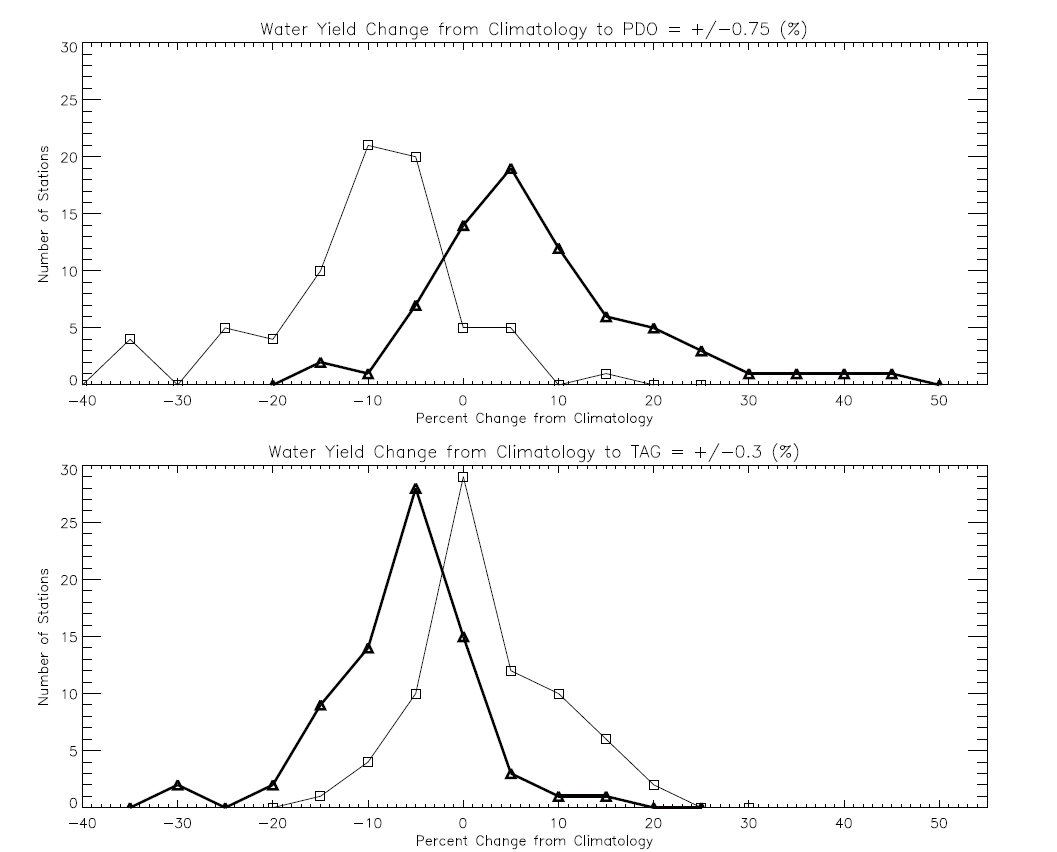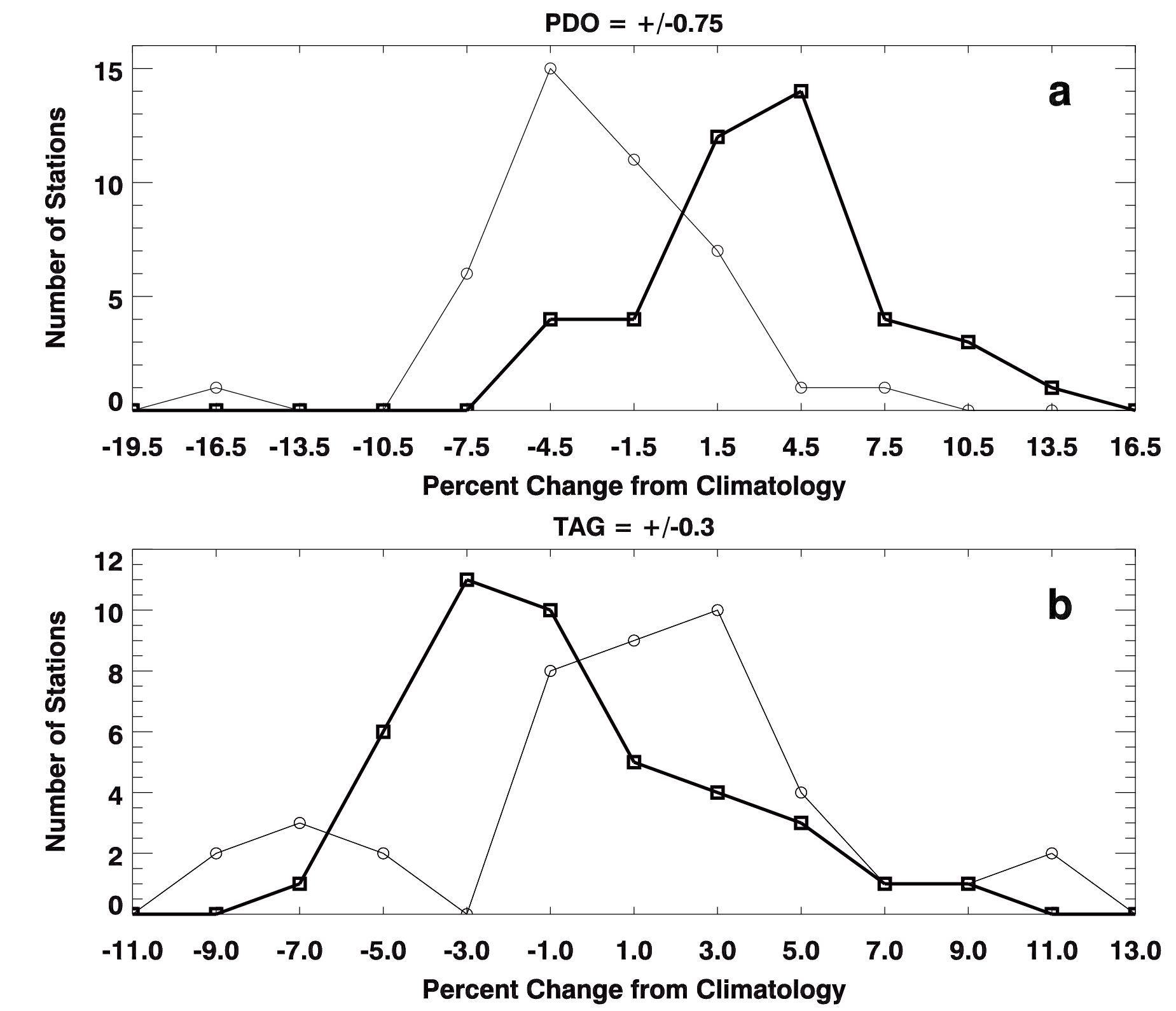An Assessment of the Hydrologic Vulnerability of the Missouri River Basin to Climate Variability at Interannual to Decadal Timescales
Funded by:
National Oceanic and Atmospheric Administration – Office of Global Programs – Sectoral Applications Research Program; May 2006 – April 2008
Principal Investigators:
Vikram M. Mehta, CRCES
Norman J. Rosenberg, CRCES
Research Associate:
Katherin Mendoza, CRCES
Consultant:
Robert R. Hearne Assistant Professor Department of Agribusiness and Applied Economics North Dakota State University Fargo, North Dakota 58105
Advisory Committee:
Donald A. Wilhite, Director, National Drought Mitigation Center, Univ. of Nebraska Lincoln, Nebraska 68583
Steve McIntosh, Surface Water Section Chief, Water Resources Program, Missouri Department of Natural Resources, Jefferson City, Missouri 65102
Eric F. Wood, Dept. of Civil and Environmental Engineering, Princeton University Princeton, New Jersey 08544
Project Summary
The Missouri River Basin (MRB) is the largest river basin in the United States (U.S.), and is one of the most important crop and livestock-producing regions in the world. In this project, we analyzed associations between decadal climate variability (DCV) phenomena and hydro-meteorological (HM) variability in the MRB, and found that positive and negative phases of the Pacific Decadal Oscillation (PDO), the tropical Atlantic sea-surface temperature gradient variability (TAG), and the West Pacific Warm Pool (WPWP) temperature variability were significantly associated with decadal variability in precipitation and 2-meter air temperature in the MRB, with combinations of various phases of these DCV phenomena associated with drought, flood, or neutral HM conditions. We then developed a methodology and applied it to assess whether the aforementioned DCVs directly affect the hydrology of the MRB.
 Figure 1: MRB-aggregated water yield distributions in response to positive and negative phases of PDO and TAG. Triangles denote positive phases and boxes denote negative phases.
Figure 1: MRB-aggregated water yield distributions in response to positive and negative phases of PDO and TAG. Triangles denote positive phases and boxes denote negative phases.
The Hydrologic Unit Model of the U.S. (HUMUS) – Soil and Water Analysis Tool (SWAT) was used to simulate water yields in response to realistic values of the PDO, TAG, and WPWP at 75 widely distributed, eight-digit hydrologic unit areas within the MRB. HUMUS-SWAT driven by HM anomalies in both the positive and negative phases of the PDO and TAG resulted in major impacts on water yields, as much as ±20% of average water yield in some locations and also evident in MRB-aggregated water yields (Fig. 1). Impacts of the WPWP were smaller. Details of the methodology, model, and results are described in Mehta et al. (2011).
The Erosion Productivity Impact Calculator model, also known as the Environmental Policy Integrated Climate (EPIC) model, calibrated and validated for the MRB, was then used to simulate yields of dryland corn (Zea mays L.) and spring and winter wheat (Triticum aestivum L.), in response to HM anomalies associated with the three DCV phenomena.
 Figure 2: MRB-aggregated spring wheat yield distributions in response to positive and negative phases of PDO and TAG. Triangles denote positive phases and boxes denote negative phases.
Figure 2: MRB-aggregated spring wheat yield distributions in response to positive and negative phases of PDO and TAG. Triangles denote positive phases and boxes denote negative phases.
We found that realistic values of indices of the three DCV phenomena have major impacts on crop yields, as much as 40-50% of average yield in some locations in the MRB and also evident in MRB-aggregated crop yields (Fig. 2); however, our results show that the impacts can be location-specific. Details of the methodology, model, and results are described in Mehta et al. (2012). Since each of the three DCV phenomena can persist in one phase or another for several years to a decade or longer, and since the simultaneous correlation among these phenomena is negligibly small, their combined and cumulative positive/negative effects on the MRB HM, water yield, and agricultural production can be dramatic in this major American and global “bread basket”. In addition, HUMUS-SWAT’s and EPIC’s success in simulating long-term water and crop yields in the MRB, taking technology trends into account, suggests that, if the evolution of major DCV phenomena can be forecast, it may be possible to forecast, as well, some multiyear to decadal measure of water and crop yields in the MRB with some skill.